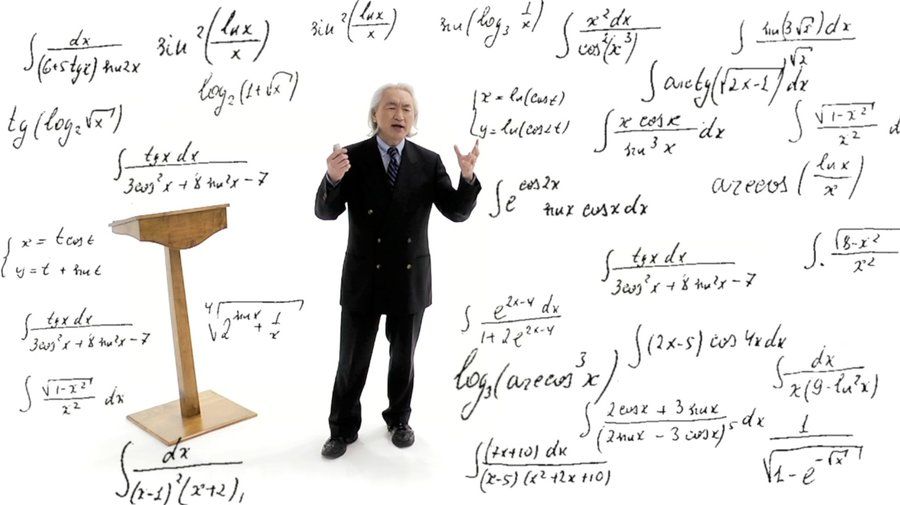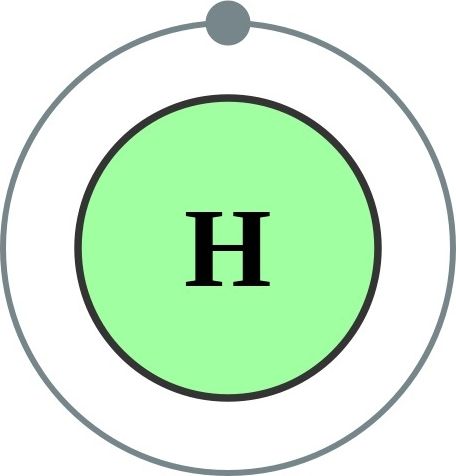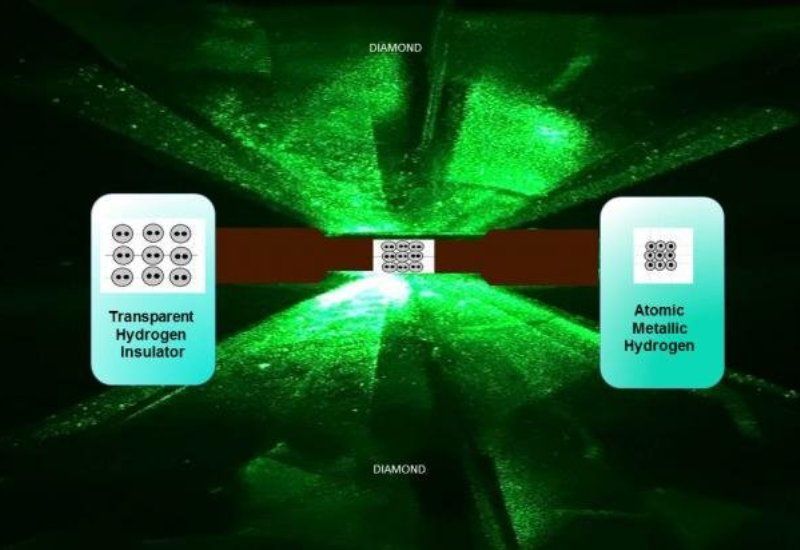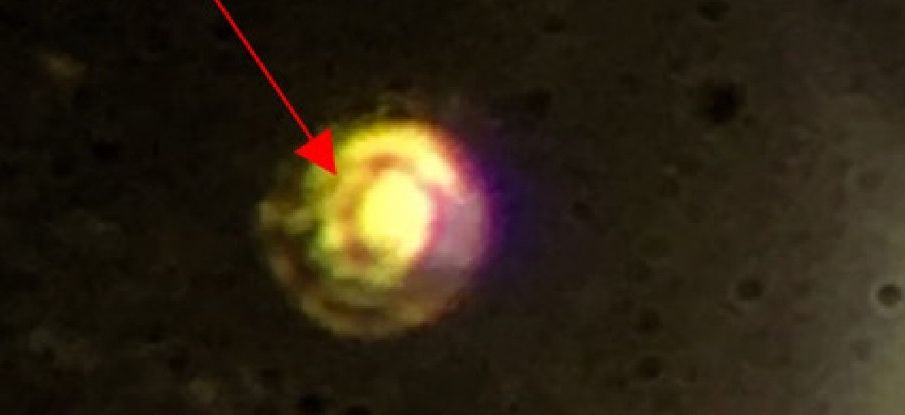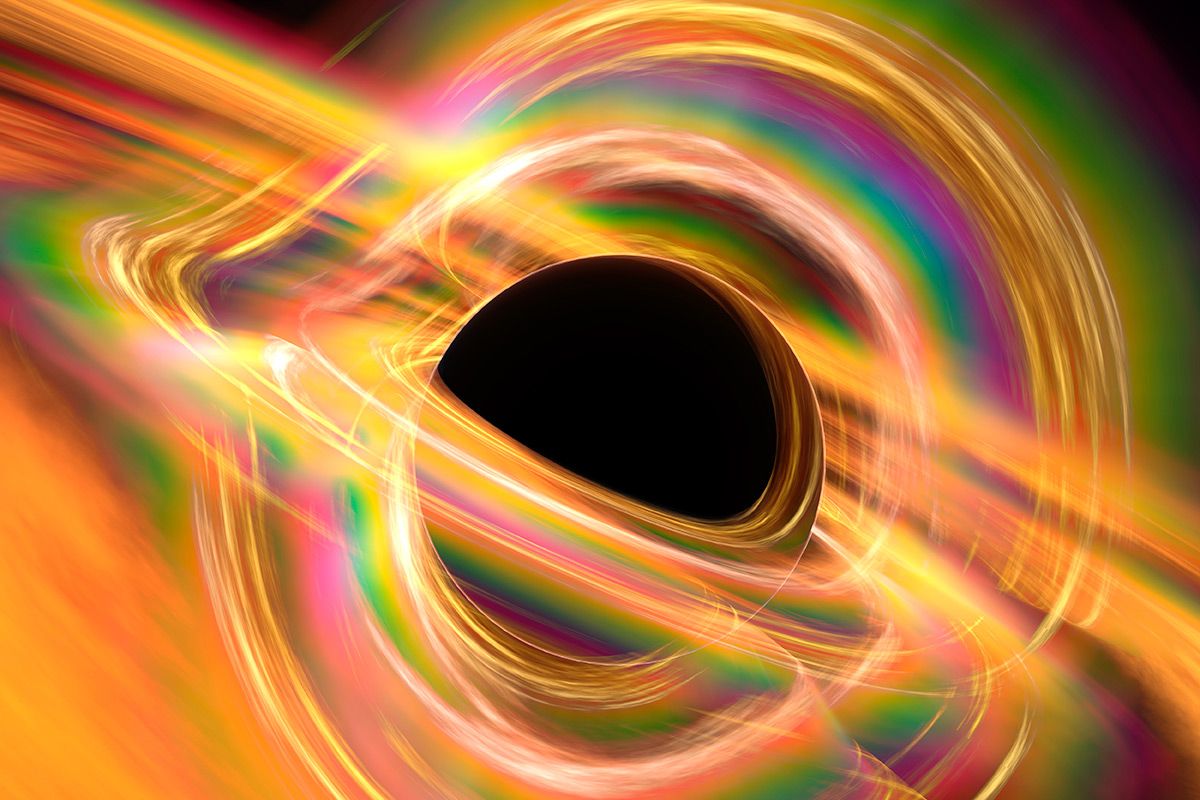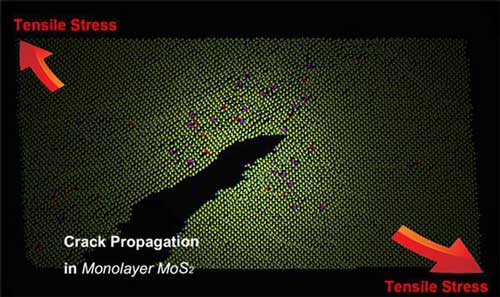Archive for the ‘physics’ category: Page 283
Jan 28, 2017
Scientists Have Finally Created Metallic Hydrogen
Posted by Karen Hurst in categories: energy, physics
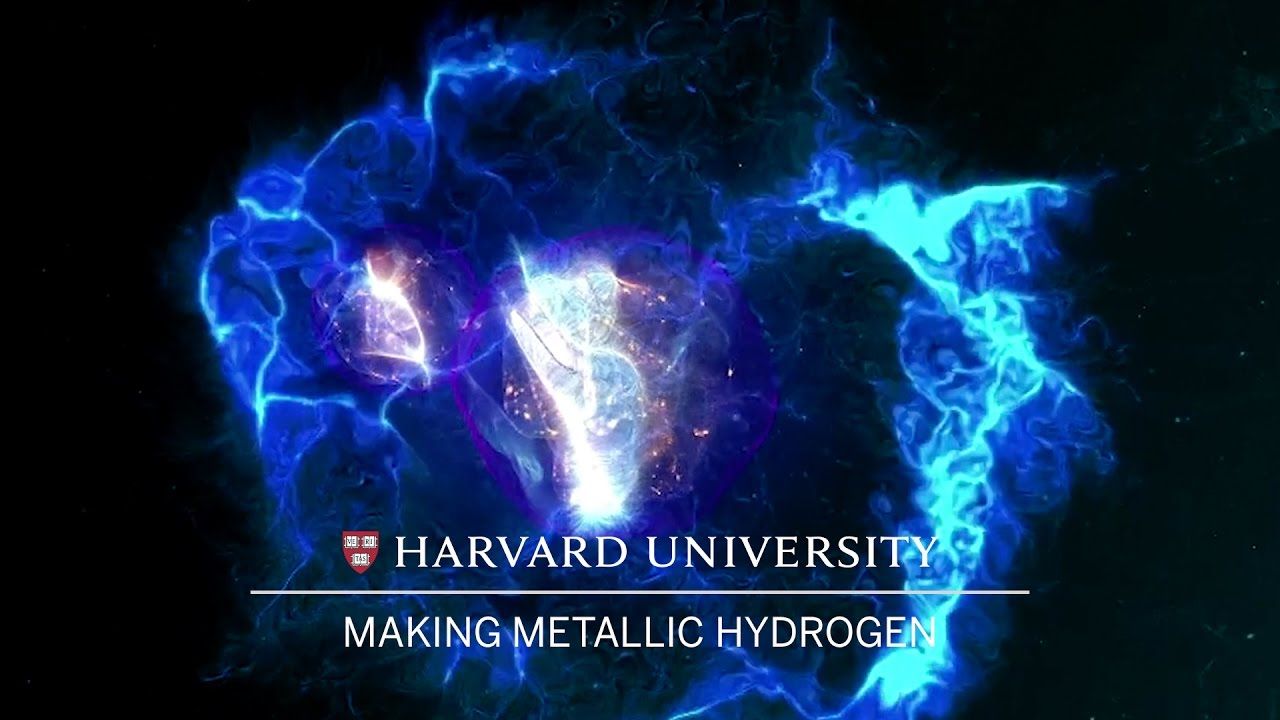
In Brief
- By applying 4.95 million atmospheres of pressure to liquid hydrogen, Harvard physicists have claimed they were able to make it metallic, a state of hydrogen that had never existed on Earth before.
- Physicists predict that metallic hydrogen is an authentic superconductor, so if stabilized, it could revolutionize everything from energy storage to rocketry.
As reported back in September, two studies, each with a different approach, were attempting to created metallic hydrogen, and now, more than 80 years after it was predicted to be possible, the Harvard University team has finally managed to produce the elusive state. Physicists Isaac Silvera, who has been working on this problem for 45 years, and Ranga Dias published their study’s results this week in the journal Science.
Continue reading “Scientists Have Finally Created Metallic Hydrogen” »
Jan 28, 2017
University of Arizona lecture series rethinks our physical reality
Posted by Karen Hurst in category: physics
The familiar laws of classical physics postulated by Newton still work well for our directly observable world but contemporary physicists are more interested in places where those laws don’t seem.
Jan 27, 2017
U.S. scientists could have squeezed hydrogen all the way into a potentially superconducting metal
Posted by Karen Hurst in categories: computing, physics, transportation
For over 80 years, scientists all round the world have dreamt of converting hydrogen, the first element of the periodic table, into a metal. And now, after hundreds of failed attempts in the history, scientists from U.S. have finally managed the feat by compressing hydrogen so profoundly that it has turned into a metal!
Back in 1935, physicists Hillard Bell Huntington and Eugene Wigner proposed a theory that hydrogen, which normally exists in a gaseous state, could transform into metallic state once exposed to extreme pressure. Since then many scientists have tried to practically prove the theory — albeit unsuccessfully. However, this discovery, which was published in the journal ‘Science’ on Thursday, is the first confirmation of the theory.
The metallic hydrogen is a potential superconductor, a material with extraordinary electricity conducting capabilities, a quality which makes it a very expensive metal. But it holds the ability of revolutionizing the world of ultra fast super computers, high speed levitation trains, or any other thing which involves conduction of electricity.
Jan 27, 2017
Harvard Physicists Say Hydrogen Finally Turns Into Metal, But Not Everyone Is Convinced
Posted by Karen Hurst in categories: physics, space
Squeezed between two pieces of man-made diamond in the laboratory, hydrogen has finally been transformed into a metallic form that is believed to exist inside planets such as Jupiter, scientists revealed last Thursday.
Metallic hydrogen, deemed the rarest and potentially among the most valuable on Earth, was theorized almost a century ago. If certain theoretical predictions hold true, the hydrogen could turn into a solid metal that can remain solid once crushing pressure is removed. It could also serve as a room-temperature superconductor, conducting electricity sans resistance.
“This is the holy grail of high-pressure physics,” said Harvard physics professor Isaac Silvera, who created the material along with postdoctoral fellow Ranga Dias.
Jan 26, 2017
IT’s Real: Metallic Hydrogen Has Been Created for the First Time
Posted by Andreas Matt in categories: physics, space
More than 80 years after it was first predicted, physicists have created metallic hydrogen — a mysterious form of hydrogen that could be capable of superconducting electricity without resistance at room temperature.
Scientists have long suspected that hydrogen could exist as a metal in certain parts of the Universe, but this is the first time metallic hydrogen has ever been created on Earth, and the material is even stranger and more fascinating than scientists imagined.
“This is the holy grail of high-pressure physics,” says lead researcher Isaac F. Silvera from Harvard University. “It’s the first-ever sample of metallic hydrogen on Earth, so when you’re looking at it, you’re looking at something that’s never existed before.”
Continue reading “IT’s Real: Metallic Hydrogen Has Been Created for the First Time” »
Jan 25, 2017
A Quick Rundown of the Alcubierre “Warp Drive”
Posted by Andreas Matt in categories: information science, mathematics, physics, robotics/AI, space travel

In Brief Science fiction often serves as a curiosity catalyst for a lot of technological innovation. One such example is this Alcubierre Warp Drive, that would absolutely revolutionize the capability of humans to traverse the stars.
It’s always a welcome thing to learn that ideas that are commonplace in science fiction have a basis in science fact. Cryogenic freezers, laser guns, robots, silicate implants… and let’s not forget the warp drive! Believe it or not, this concept – alternately known as FTL (Faster-Than-Light) travel, Hyperspace, Lightspeed, etc. – actually has one foot in the world of real science.
Continue reading “A Quick Rundown of the Alcubierre ‘Warp Drive’” »
Jan 25, 2017
Plasma tidal wave may tell us if black holes destroy information
Posted by Andreas Matt in categories: cosmology, physics
Physicists have long puzzled over whether black holes destroy information or conserve it – now a proposed lab experiment could use a plasma wave to find out.
Jan 23, 2017
Australian National University invention brings sci-fi holograms a step closer
Posted by Shane Hinshaw in categories: holograms, physics
Jan 18, 2017
Explaining how 2-D materials break at the atomic level
Posted by Karen Hurst in categories: nanotechnology, physics
Cracks sank the ‘unsinkable’ Titanic; decrease the performance of touchscreens and erode teeth. We are familiar with cracks in big or small three-dimensional (3D) objects, but how do thin two-dimensional (2D) materials crack? 2D materials, like molybdenum disulfide (MoS2), have emerged as an important asset for future electronic and photoelectric devices.
However, the mechanical properties of 2D materials are expected to differ greatly from 3D materials.
Scientists at the Center for Integrated Nanostructure Physics (CINAP), within the Institute for Basic Science (IBS) published, on Nature Communications (“Dynamical observations on the crack tip zone and stress corrosion of two-dimensional MoS2”), the first observation of 2D MoS2 cracking at the atomic level. This study is expected to contribute to the applications of new 2D materials.
